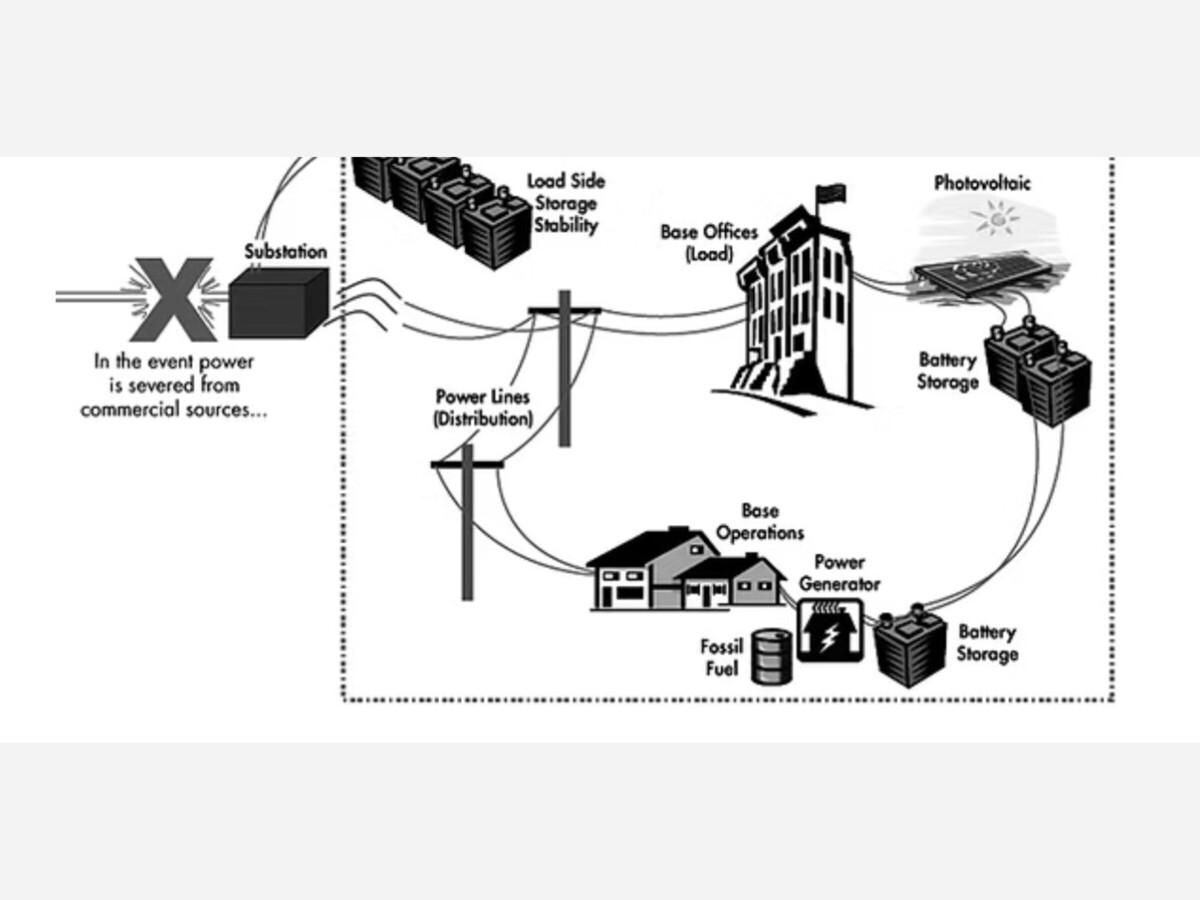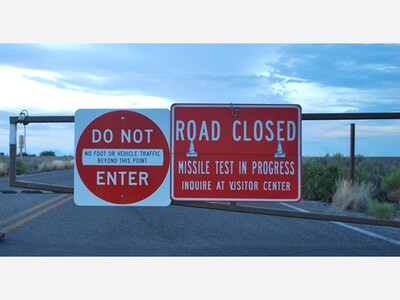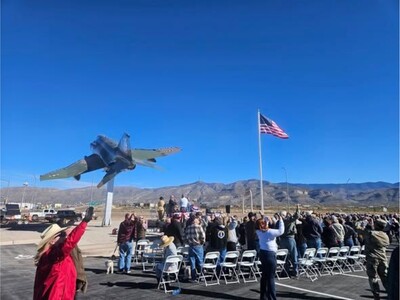Military Preparedness Requires A Hardened Independent Energy Infrastructure
Most of us take for granted the electricity running things in our daily lives and never think about the national power grid that delivers energy to our homes. Developing an independent power infrastructure for the military is important because our civilian power distribution networks are vulnerable to natural disasters and malicious actors and proving to be unreliable. Military preparedness requires critical infrastructure within the network of bases to be operational at all times. Imagine not getting planes in the Air at Holloman because the power is off and fuel cannot be pumped, or tires changed and powertools unable to charge or operate.
As Nevada Joan Lee a research associate, and Christopher Preble a senior fellow and director, in the Stimson Center’s Reimagining US Grand Strategy Program recently outlined via a commentary in the Military Times outlines: "Some experts estimate that, with the rise of smart appliances, there are over 24,000 weak-points in the U.S. electric grid that are vulnerable to either physical or cyber attack. It is too expensive for the DoD to fortify the entire electric grid; it is far easier to ensure energy resilience on bases instead. The Air Force, Army and Navy highlighted infrastructure resilience as a priority in recent basing and facilities strategies.
Logistics networks, such as those needed for fueling a combustion plant or a diesel generator, are also vulnerable. In Afghanistan, for example, experts estimate that one out of every 24 fuel convoys faced attacks resulting in at least one casualty. The same risks would only be higher in a conflict with a near-peer adversary. Conflict might not merely disrupt fuel flows but could halt fuel deliveries altogether. While we do not often think of our domestic bases (outside of Hawaii and Guam) as particularly vulnerable, if an adversary can hack the White House Office of Personnel Management or the Treasury Department, they can likely affect power generation for at least some U.S. bases.
Indeed, though general systems, like refrigeration and lighting, are very important, other critical systems rely on constant power generation as well. Most command-and-control systems would be hurt by energy outages, as would runway lighting, radar equipment, and weather warning systems. Buildings that store highly classified information rely on intrusion systems to prevent unauthorized access of information. Those systems are useless without power.
To anticipate and circumvent energy vulnerabilities, DoD can employ microgrids on bases, focusing on forms of energy generation that don’t need extensive logistics. In California, bases have already begun deploying microgrids using solar power. Solar power, if used in the right locations, could run bases for weeks on end. Wind is another alternative. In Ukraine, leaders learned quickly that wind energy is much less vulnerable to physical attack than traditional energy sources. Rather than shooting at one power plant, for example, an adversary seeking to disable a wind farm would have to score hits on multiple individual windmills. Even the transformer or substation at a wind farm can be repaired relatively quickly, enabling the site to recover.
Investing in wind, solar, or hydro-powered microgrids domestically would provide an opportunity for the U.S. military to learn how to create non-fuel reliant power. Learning how to build and use microgrids on domestic bases in peacetime would provide necessary training and expertise; the lessons we can learn on bases at home could then be translated to bases abroad. Microgrids that do not rely on fossil fuel supply chains would be hugely beneficial in powering installations across the Indo-Pacific in the event of a conflict with China.
The U.S. military should test and refine innovative alternatives to civilian energy generation on domestic bases to protect from power disruptions – whether from natural disasters or an adversary. Microgrids powered by non-fuel-reliant energy sources offer a promising solution to enhance domestic base resilience. By investing in and implementing these innovative energy solutions, the U.S. military can simultaneously strengthen installations now and better prepare for the operational challenges of tomorrow.
As the political leadership of New Mexico debates the use of renewable energy and oil and gas priorities it should also consider the needs of the New Mexico national guard in hardening its infrastructure and energy security. As President Trump and Elon Musk cut programs they should consider enhancing the military infrastructure around energy generation and expand the variety of options to ensure each base is self sufficient in energy production and energy infrastructure to meet the demands necessary to ensure adequate military preparedness.















